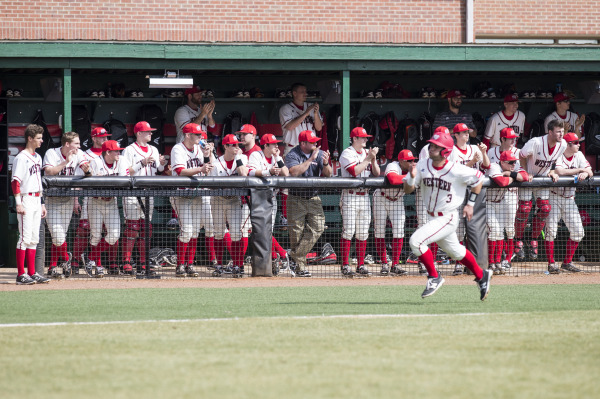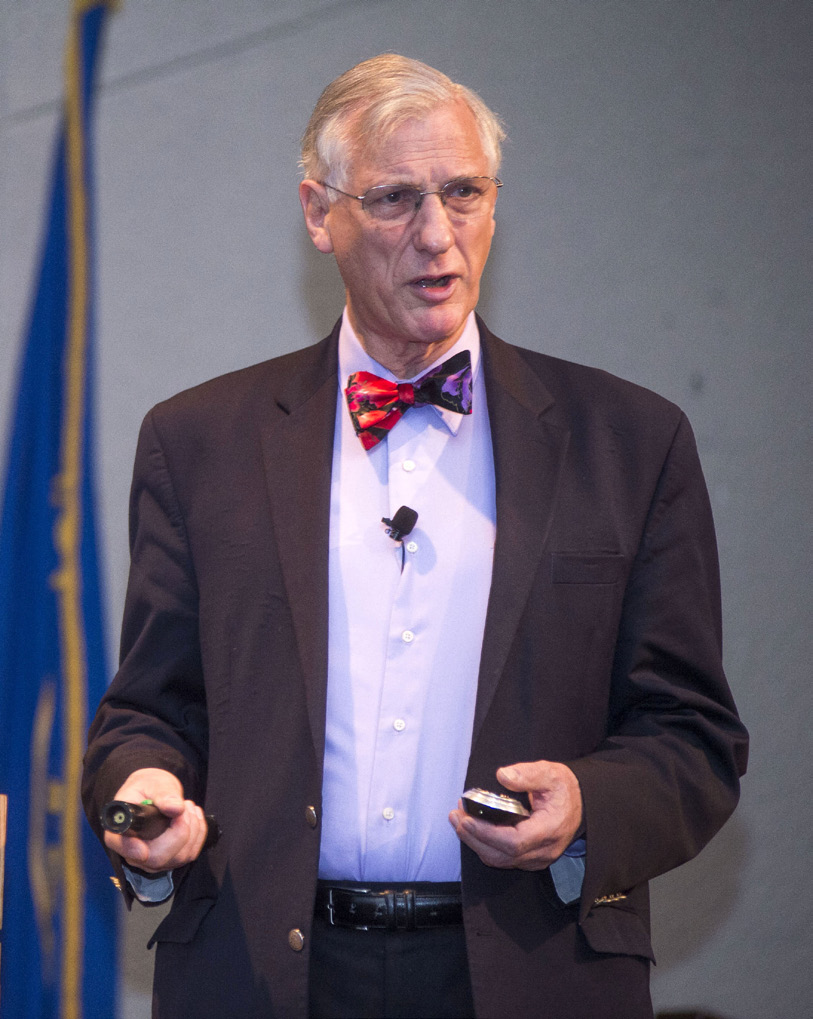Hokies make statement with 2017 recruiting class
 Blacksburg, Va., Feb. 2 – Lane Stadium Video Scoreboard: Virginia Tech’s 2017 recruiting class came to Blacksburg to play at historic Lane Stadium, the home of the Hokies. Lane Stadium’s atmosphere is one of the many reasons players want to play at Virginia Tech.
Blacksburg, Va., Feb. 2 – Lane Stadium Video Scoreboard: Virginia Tech’s 2017 recruiting class came to Blacksburg to play at historic Lane Stadium, the home of the Hokies. Lane Stadium’s atmosphere is one of the many reasons players want to play at Virginia Tech.
by Johnny Kraft–
Coach Justin Fuente and his staff made a statement with Virginia Tech’s 2017 recruiting class. The 2016 ACC coach of the year welcomes 27 new players following his first full recruiting cycle as leader of the Hokies.
Fuente built off his impressive debut season in Blacksburg by signing Virginia Tech’s highest-ranked class in four years. According to USA TODAY High School Sports, the Hokies’ inked a consensus top 25 recruiting class. The full year made a huge difference for Fuente’s staff.
“Last year was speed dating trying to get to know people. This is much more calculated. I probably shouldn’t use that term. I’m much more comfortable because I been around these guys and their families a lot more,” said Fuente at his National Signing Day press conference. “As a class, I have been able to spend a lot more time with these kids and their families. I was able to teach them about Virginia Tech and what Virginia Tech can do for them.”
Virginia Tech prioritizes in-state recruits by keeping them home. This recruiting class is highlighted by three recruits ranked in the state’s top 10 led by prized defensive back Devon Hunter. The other two top in-state recruits are defensive end TyJuan Garbutt and linebacker Dylan Rivers, who flipped his commitment from Penn State in January. This is the first time since 2012 Virginia Tech has signed more than two of Virginia’s top 10 players.
“It’s extremely important. We want the rest of the country to know they’re in for a battle if they’re coming into the state of Virginia,” said Director of Recruiting Operations, Thomas Guerry about in-state recruiting. “This state is our top priority and we’re going after the in-state guys first and foremost.”

Click the image to view the full version of the infographic breaking down Virginia Tech’s 2017 recruiting class
Tech has nine early enrollees this semester to participate in spring practice. The nine Hokies currently enrolled are: quarterbacks Hendon Hooker and junior college transfer AJ Bush, athletes Caleb Farley and Terius Wheatley, wide receiver Kalil Pimpleton, tight end Dalton Keene, offensive lineman Silas Dzansi, linebacker Rico Kearney and Australian punter Oscar Bradburn.
“I think the most important detail about this class is the fact that we were able to early enroll nine of these guys. This day in age, it’s so crucial to get these young guys in a semester early and have them develop in the weight room, at the training table with their meals and obviously on the field during spring ball,” said Guerry about the early enrollees. “At the quarterback position, for example, we are going to get to watch all of our quarterbacks compete for 15 practices, which will largely determine where we are headed into fall camp.”
Fuente’s biggest challenge is replacing the offense’s best weapons with receivers Isaiah Ford and Bucky Hodges as well as quarterback Jerod Evans all leaving for the NFL. However, Fuente is well equipped with many young weapons.
While Virginia Tech welcomes one of the most talented recruiting classes in school history, the Hokies know all of this is meaningless unless they prove it on the field with wins.
“I don’t think it says anything until we produce on the field. There are highs and lows in this industry, especially in recruiting. And it carries over to wins and losses,” said Guerry. “The key is to never get too high and never get too low, always take each challenge as it comes and we’ll be the best we can be. We need to win and keep the momentum going.”





